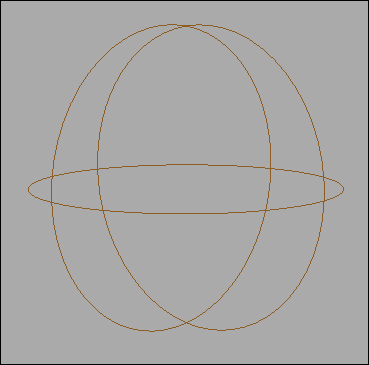You can use pinning to hold or limit the movements of your character’s body parts when posing with FBIK. Pinning allows you to lock the translation or rotation channels of specific effectors; so that when you move unpinned body parts, the pinned body parts do not follow. For example, you can pin a character’s foot effectors in translation and rotation when posing a walk cycle to prevent foot sliding.
When you first create the FBIK effectors for your character, by default, your character’s feet are pinned in translation and rotation and your character’s hands are pinned in translation. This prevents your character’s limbs from being moved or dragged when you move the rest of the body.
You can set the Pinning attribute
on each FBIK effector to the following states: unpinned, pinTranslate, pinRotate,
or pinAll. You can set the pinning states
of your FBIK effectors from the Channel Box,
the effector’s marking menus, or by using the  +w (pin
translation),
+w (pin
translation),  +e (pin rotation),
or
+e (pin rotation),
or  +s (pin
translation and rotation) hotkeys.
+s (pin
translation and rotation) hotkeys.

When a FBIK effector is unpinned, movement in other areas of the body can affect or change the translation and rotation of the unpinned effector.

When a FBIK effector is pinned in translation, movement in other areas of the body can only affect or change the effector’s rotations.
By default, the LeftHandEff and RightHandEff are pinned in translation.
How do I use pinning when animating with FBIK?
When animating with FBIK, you should use pinning anytime you want to keep part of your character still while posing or when you want to isolate the orientation and position of one or more body parts while repositioning the rest of the character.